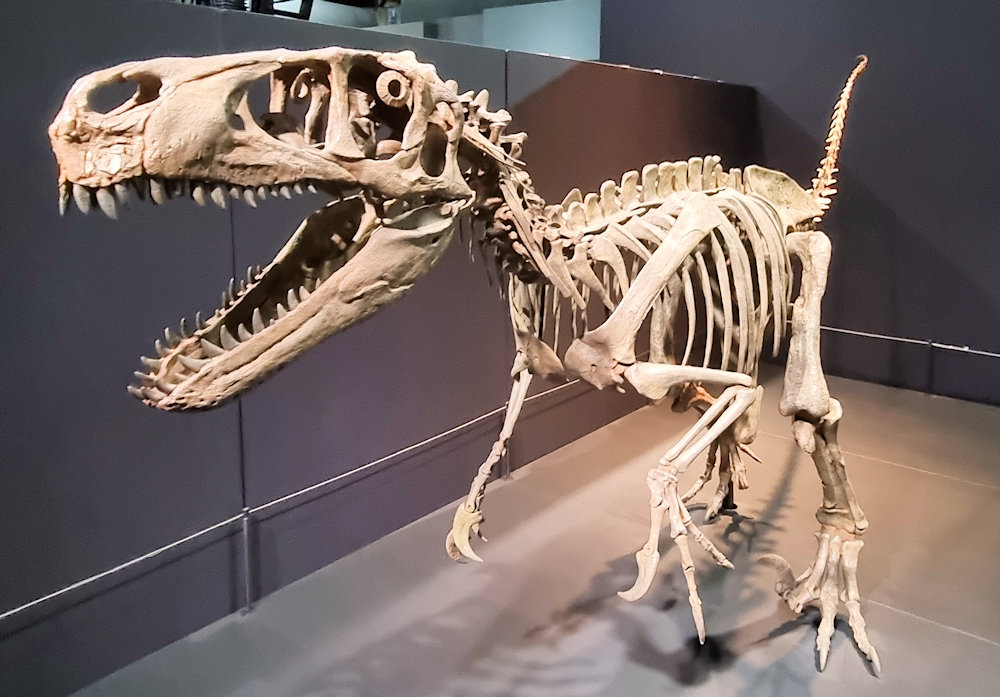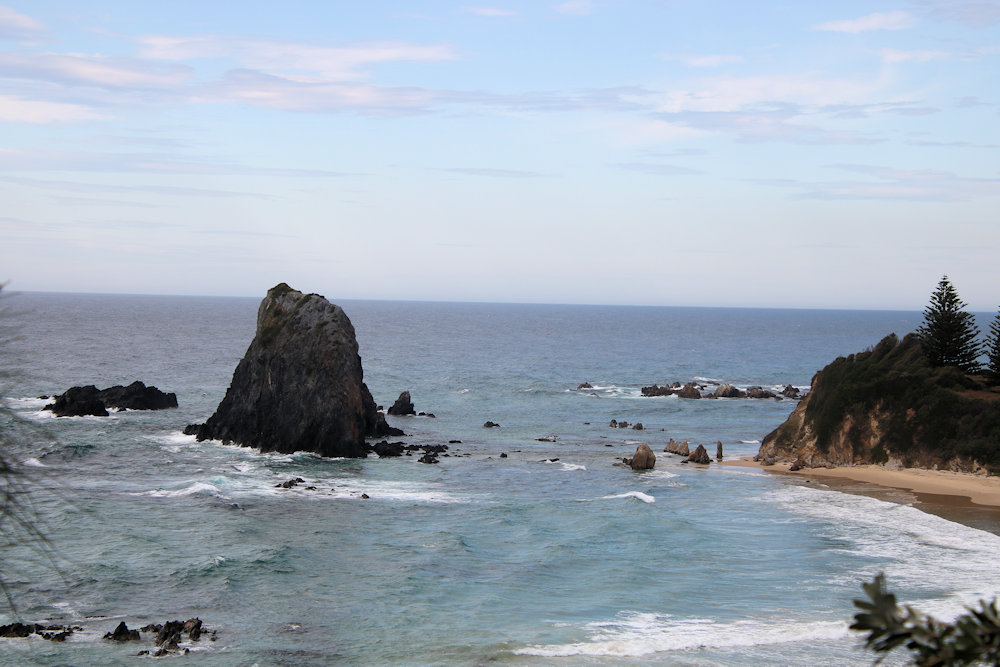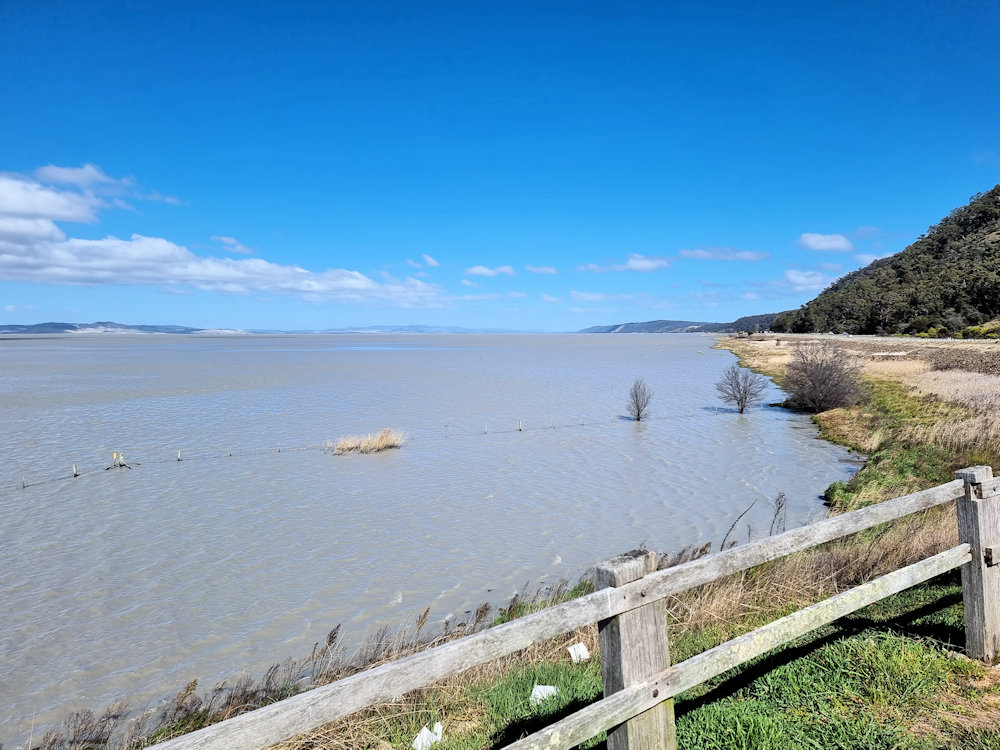Our news
-

Dinosaurs: Surviving Extinction exhibition at Newcastle Museum
Dinosaurs: Surviving Extinction exhibition at Newcastle Museum On display until 2 March 2025, the Dinosaurs: Surviving Extinction exhibition at Newcastle Museum (New South Wales, Australia) showcases the latest understanding of dinosaur evolution. Excellent artwork illustrates how palaeontologists think they looked. Fossils of protoceratops and tarbosaurus show how these dinosaurs developed through their lifecycles. Four protoceratops…
-

Glasshouse Rocks Trail
Glasshouse Rocks Trail Located on the South Coast of New South Wales Australia near Norooma, the Glasshouse Rocks are a collection of sea stacks just off the coast. An excellent way to view them is from the adjacent headland which provides a great bird’s eye view. The Glasshouse Rocks Trail goes along the headland to…
-

Lake George New South Wales
Lake George New South Wales We have driven past Lake George in New South Wales on the Federal Highway numerous times but never stopped. However with recent rains (during 2024), the water level is high, so we took the opportunity to stop see the views and look at the three different rest stops for VC…